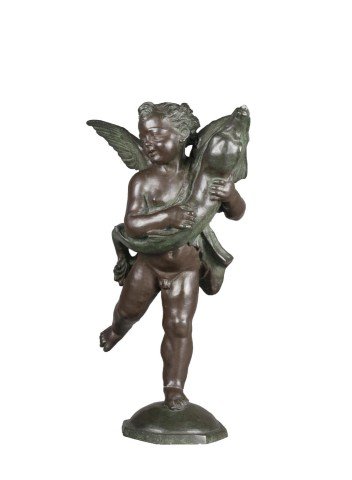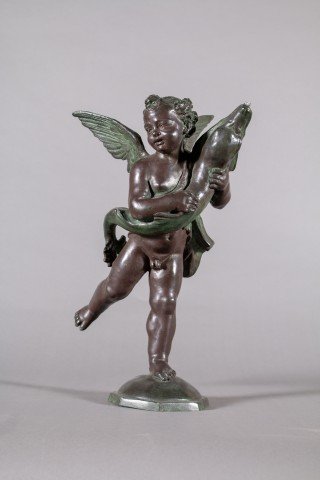Andrea del Verrocchio, (born 1435, Florence—died 1488, Venice), was a 15th-century Florentine sculptor and painter and the teacher of Leonardo da Vinci. His equestrian statue of Bartolomeo Colleoni, erected in Venice in 1496, is particularly important.
Little accurate biographical information is known about Verrocchio. He was the son of Michele di Francesco Cioni, a maker of bricks and tiles who later became a tax collector. Financial security always seemed to be a family problem. Verrocchio had to support several of his brothers and sisters. Never marrying, he later provided for the education and dowries of the daughters of his younger brother Tommaso.
Initially he was trained as a goldsmith. His master has traditionally been recorded as a supposed goldsmith, Giuliano Verrocchi, whose last name Andrea apparently took as his own. Another questionable biographical tradition is that of his apprenticeship under Donatello, the greatest Italian sculptor of the early Renaissance. Since the stylistic affinity of Verrocchio’s early sculpture is with the work of Antonio Rossellino rather than Donatello, this liaison seems doubtful.
Verrocchio’s first studies in painting date possibly from the mid-1460s. He is said to have been a pupil of the Florentine artist Alesso Baldovinetti. But it is assumed that he and Sandro Botticelli worked together under the early Renaissance master Fra Filippo Lippi in Prato, a city near Florence, where Lippi had been commissioned to execute a series of murals for the cathedral.
Verrocchio’s most important works were executed in the last two decades of his life. His rise to artistic prominence, which he owed chiefly to encouragement by Piero de’ Medici and his son Lorenzo, the leading art patrons of Florence, evidently began only after the death, in 1466, of Donatello, who had been the Medici favourite. Besides the paintings and sculptures Verrocchio produced for the Medici, he designed costumes and decorative armour for their festivals, tournaments, and solemn receptions. Made curator of the collection of antiquities in the Medici palace, he restored many pieces of ancient Roman sculpture, especially portrait busts.
Source: askart.com


